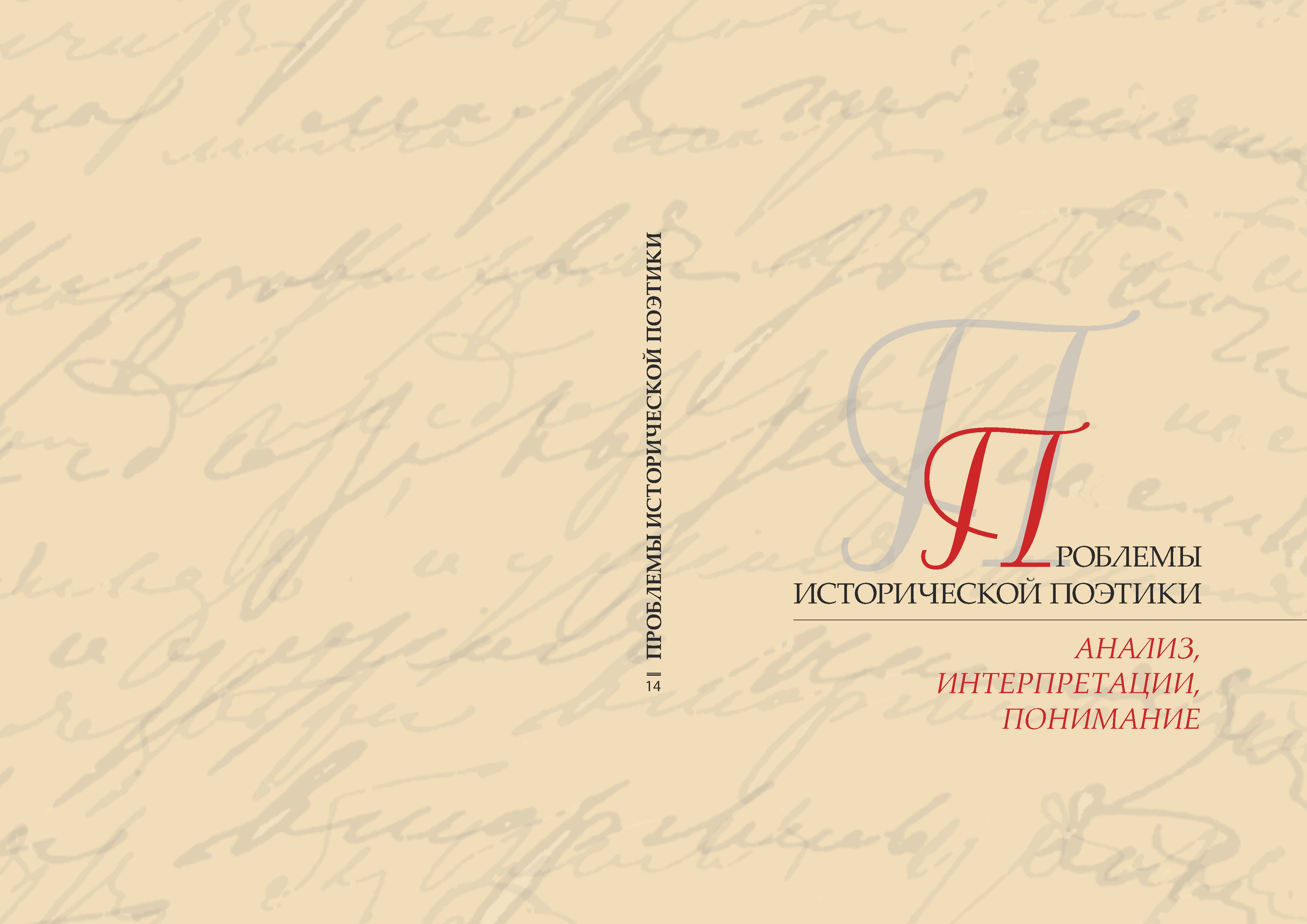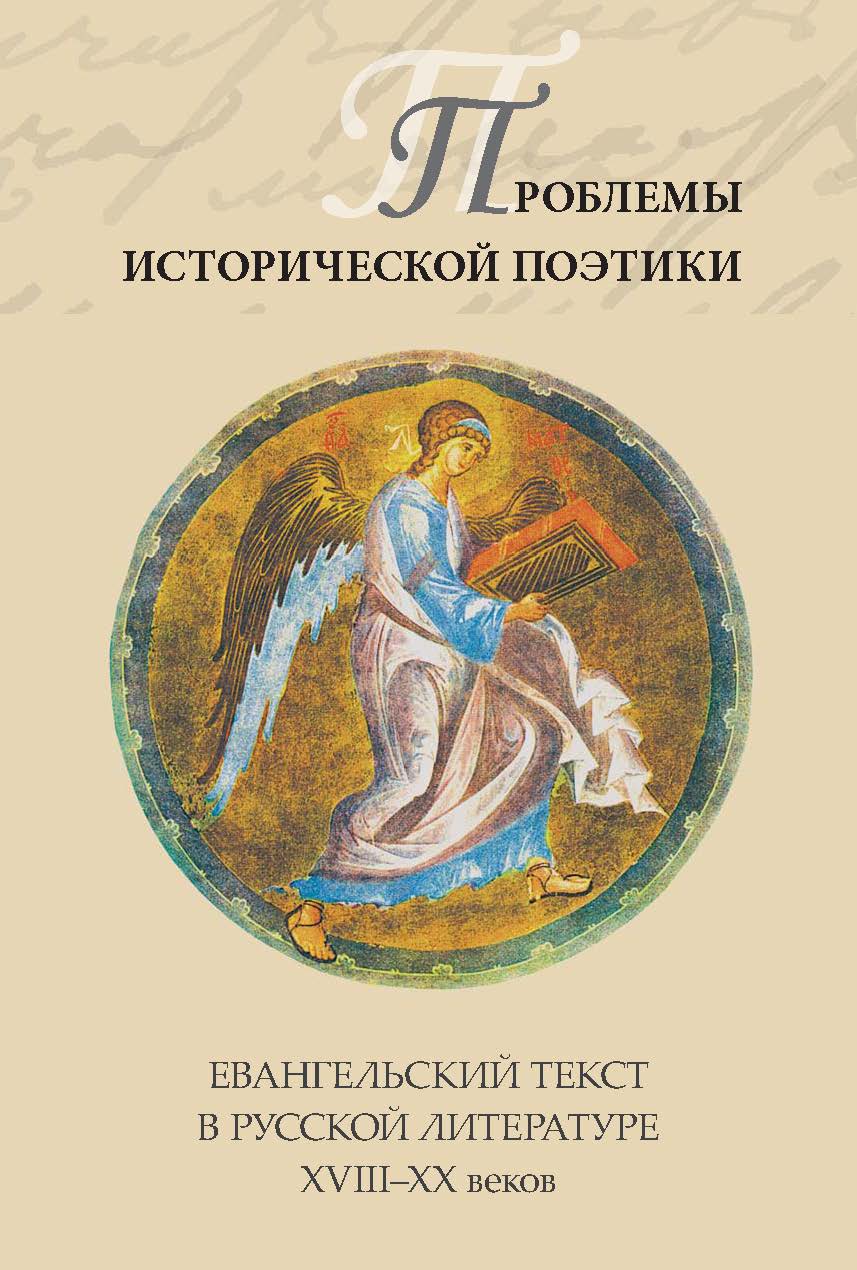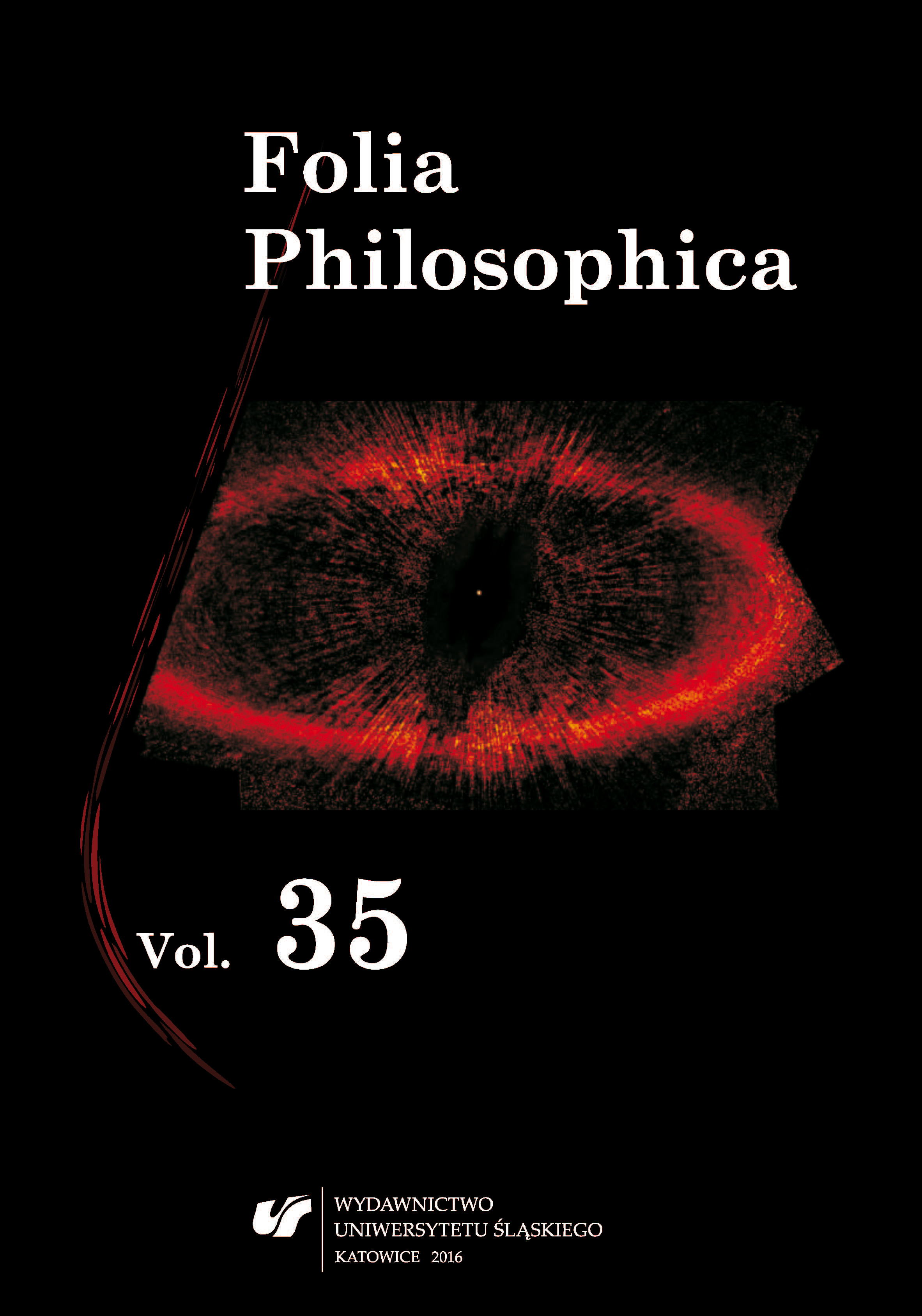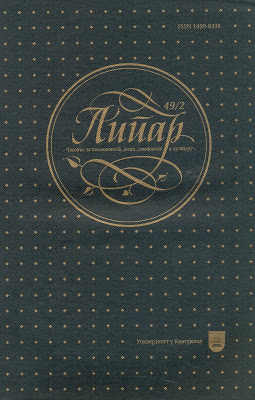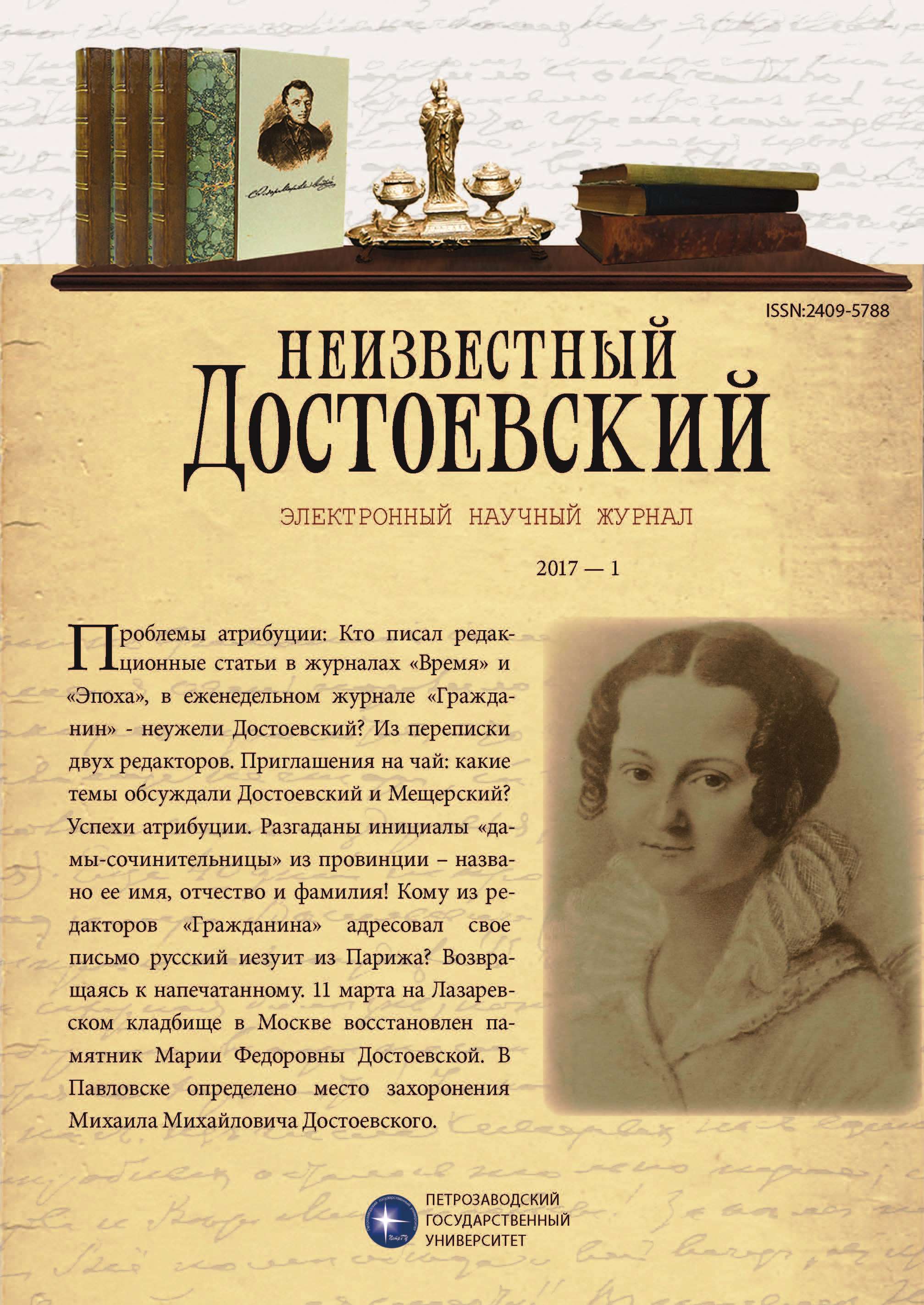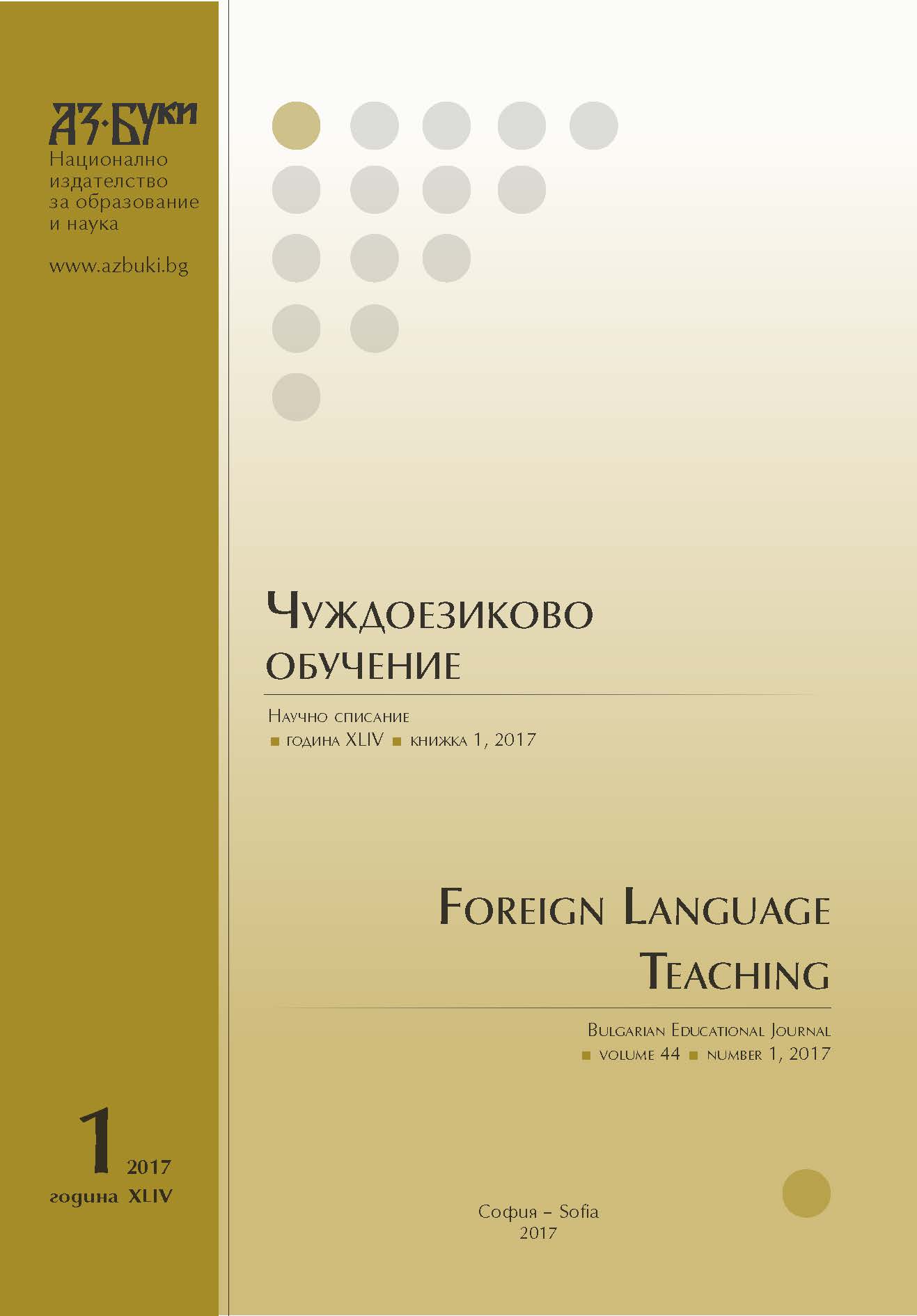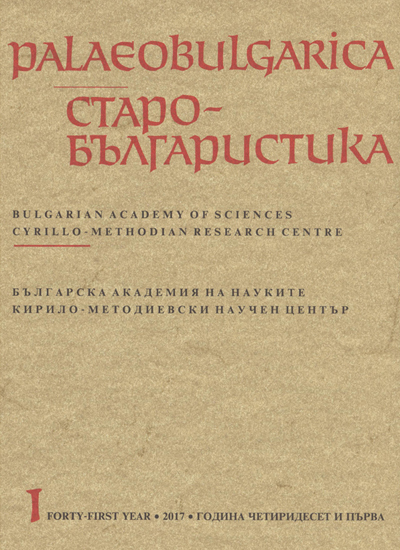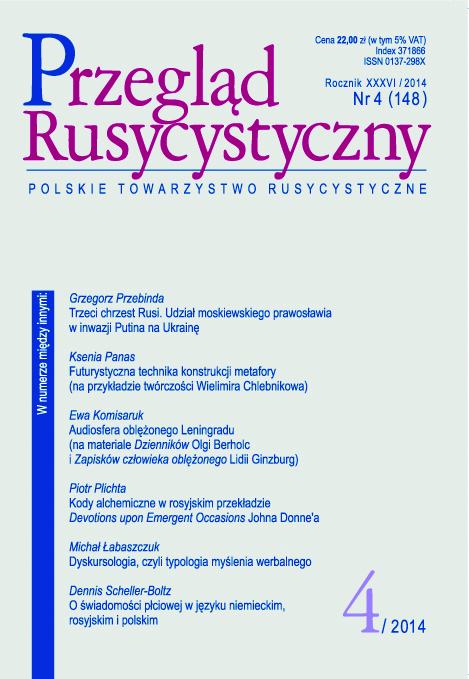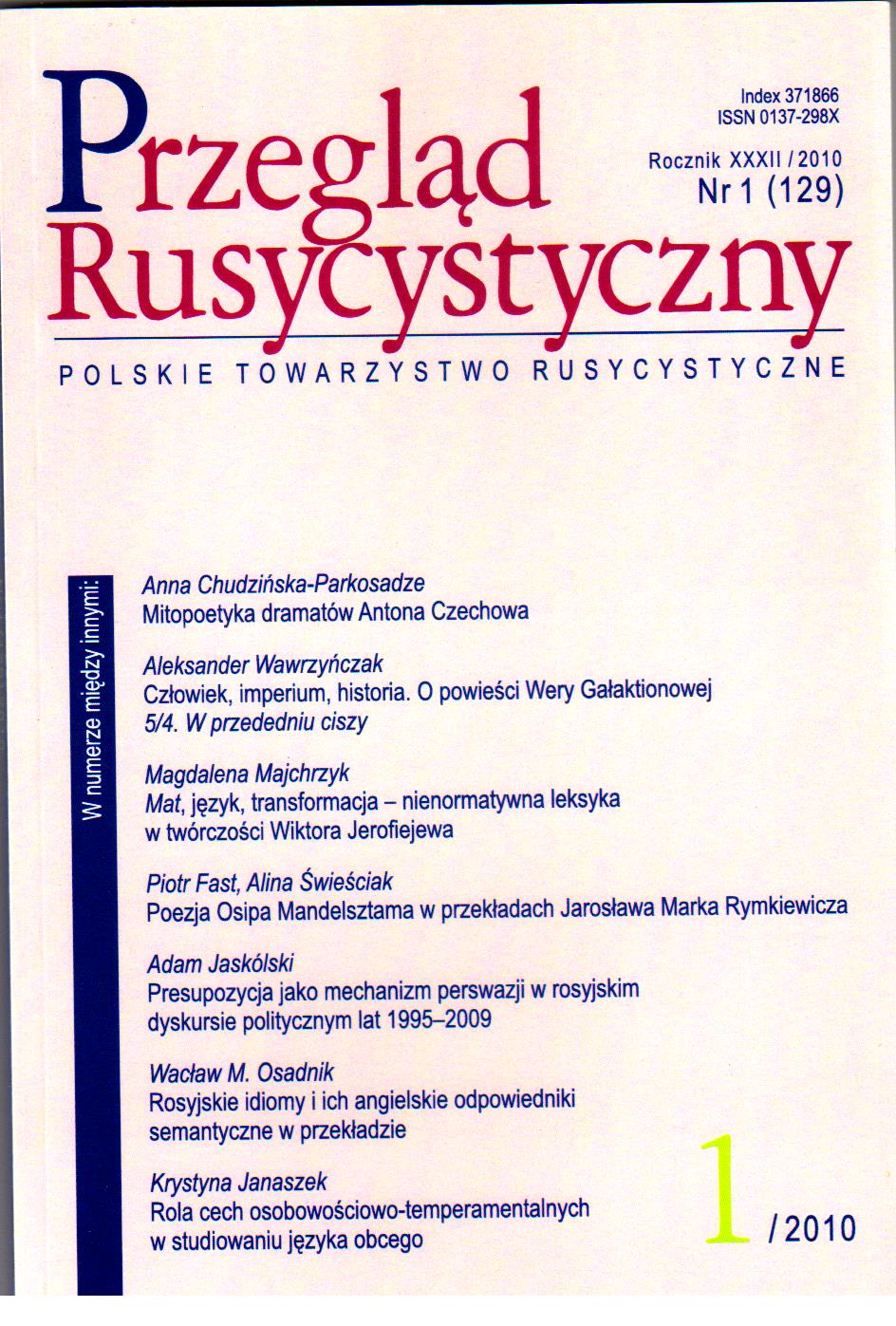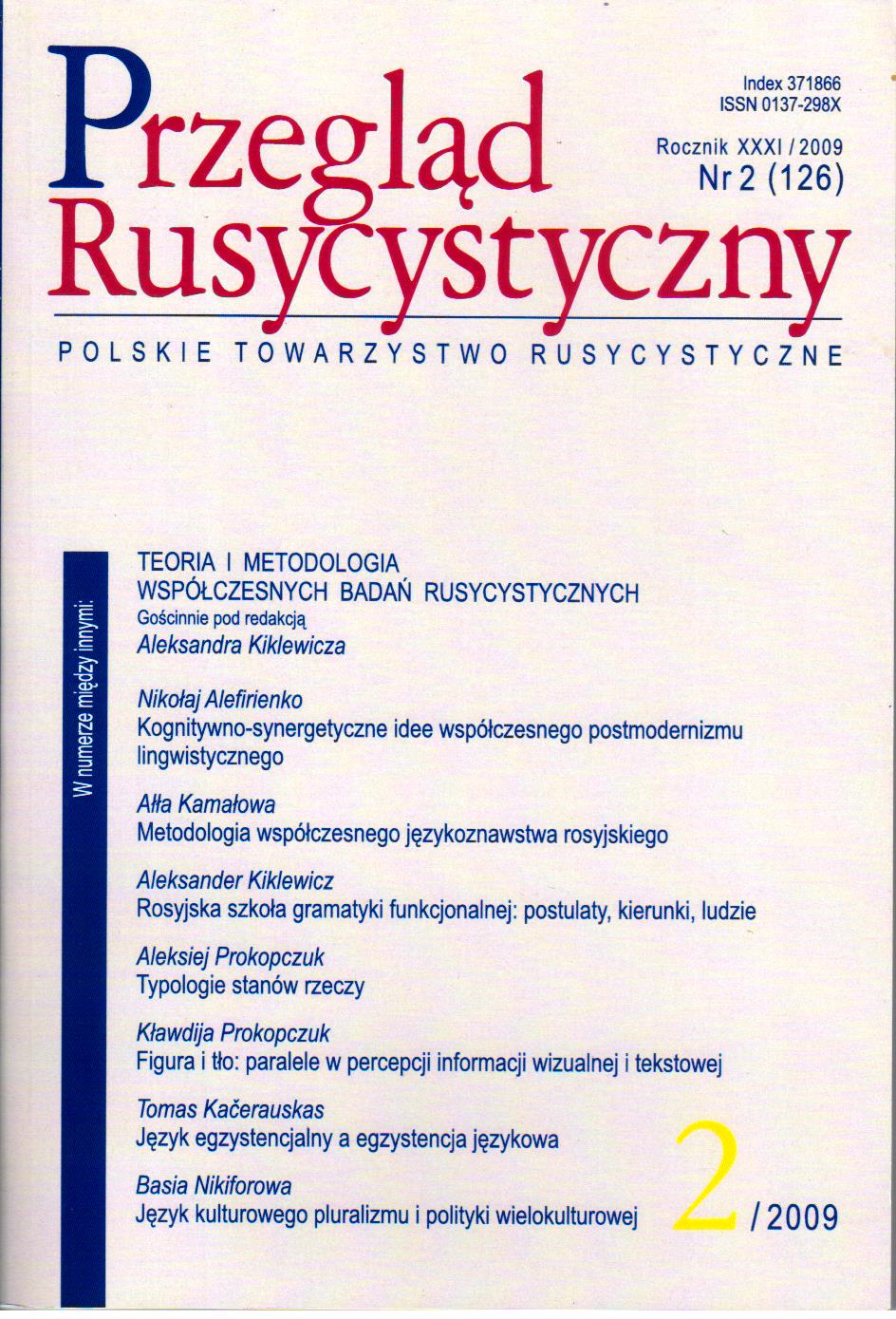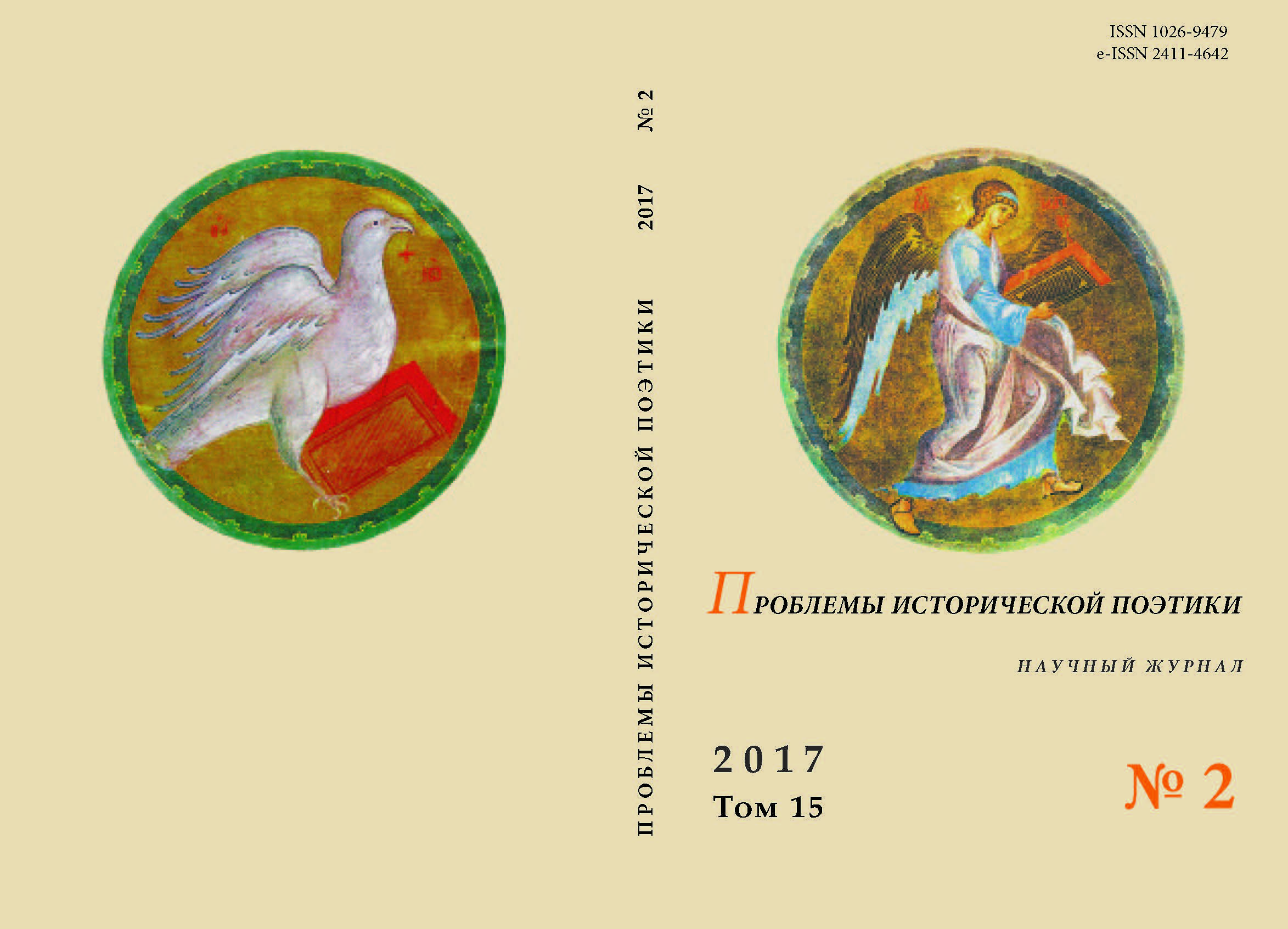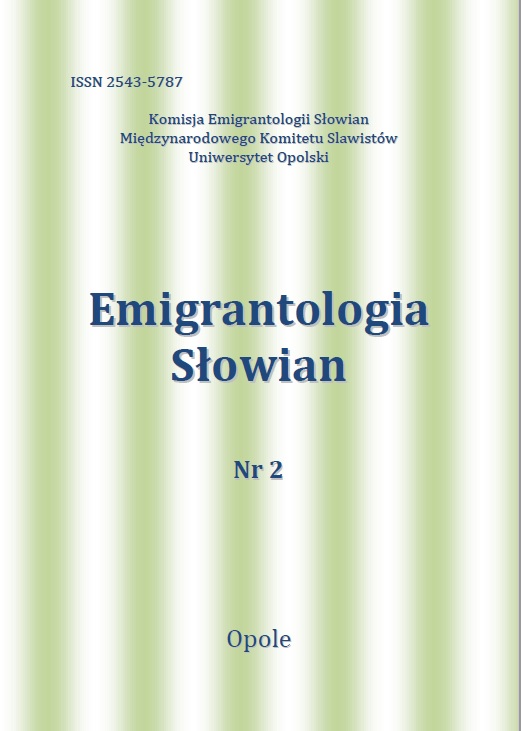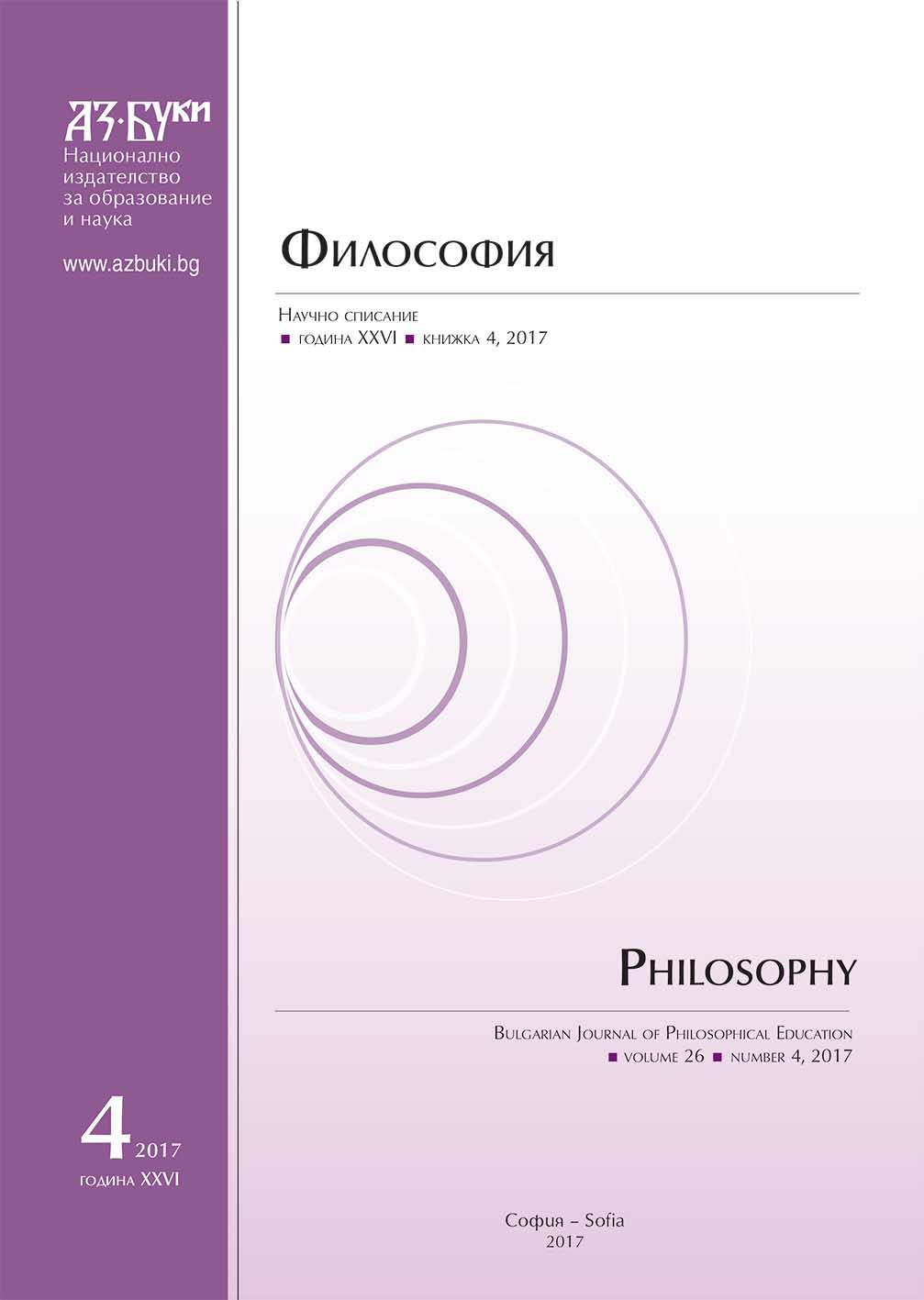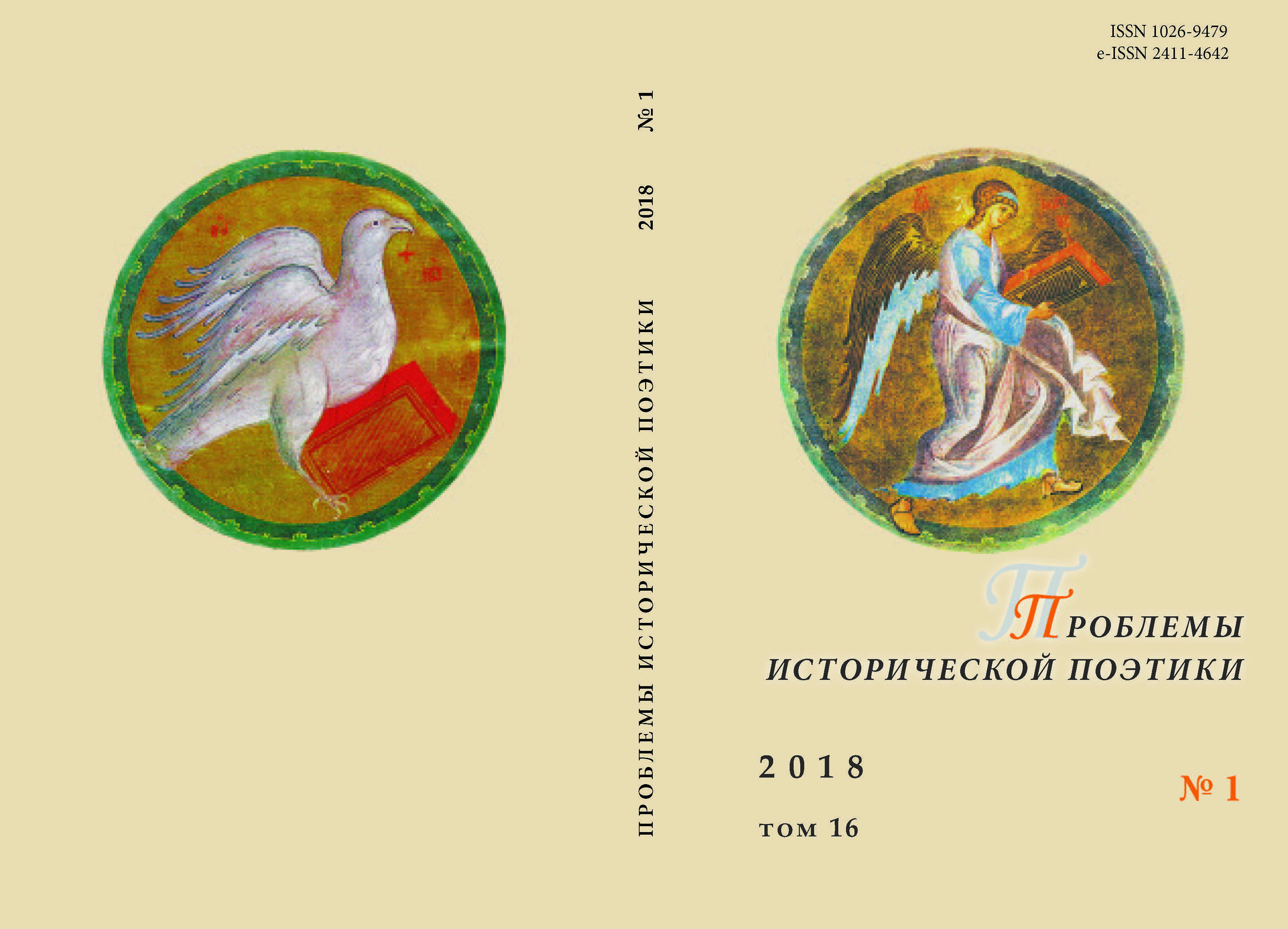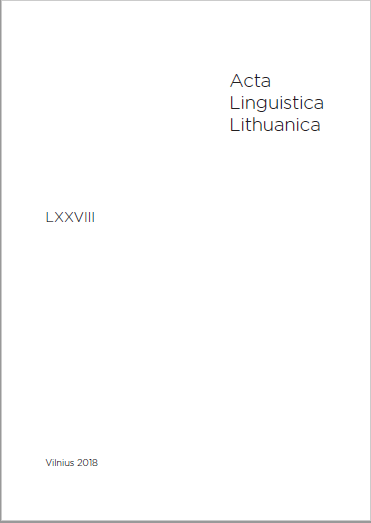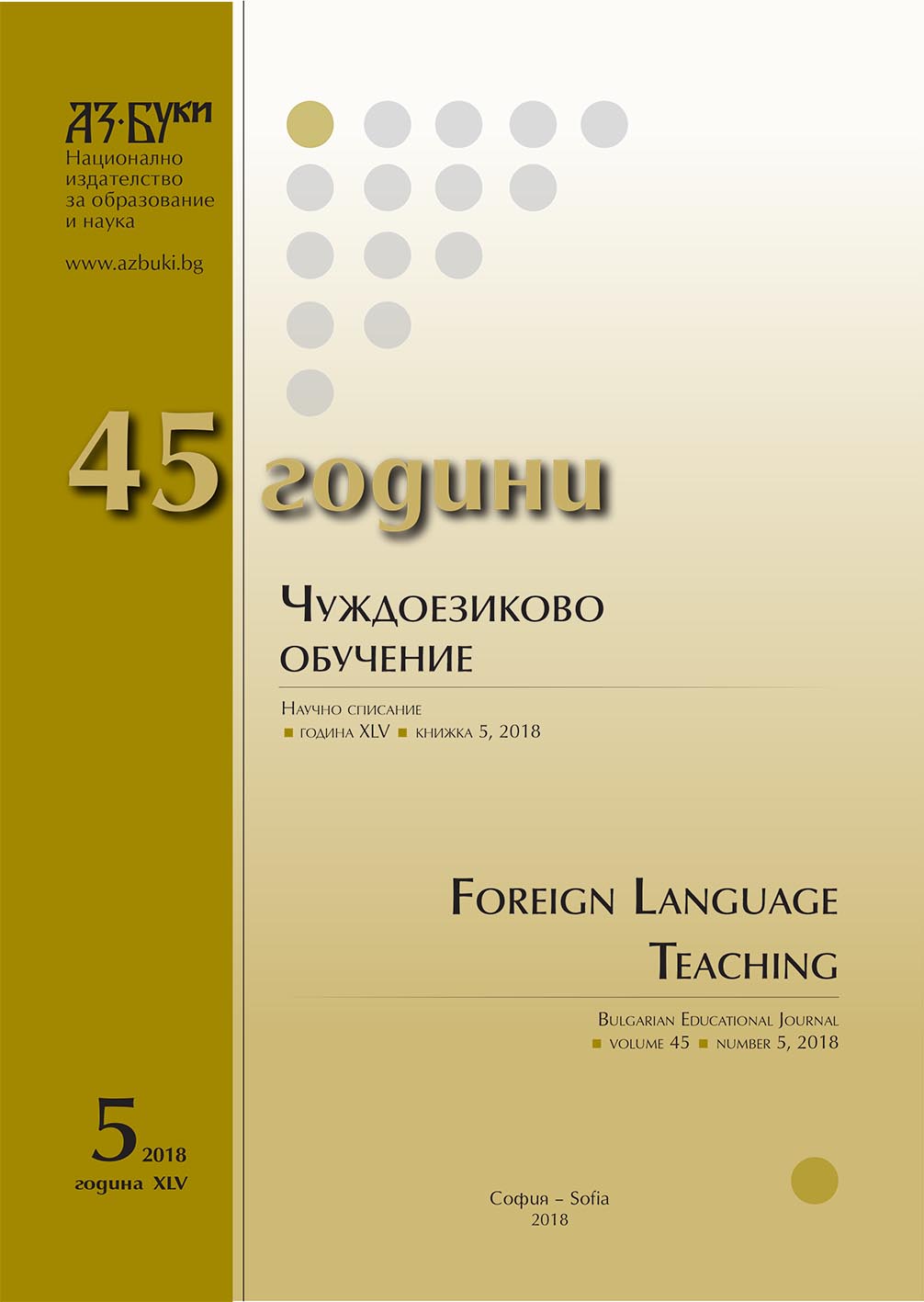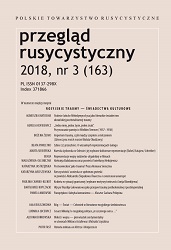А.П. ГЕОРГИЕВСКИЙ В КАЗАНИ: МАТЕРИАЛЫ БИОГРАФИИ
The paper deals with the Kazan period of life of A.P. Georgievskii (1888–1955), who was the philologist, ethnographer, historian-archivist, as well as one of the founders of Far Eastern University. The importance of this research is determined by the recently rising interest in the heritage and biographies of eminent Russian scientists, history of the development and cooperation of academic schools (especially regional), and intellectual history as a whole. The purpose of the paper is to systematize the material concerning the main activities of A.P. Georgievskii during his staying in Kazan (1914–1918). The absence of any monographs on that subject determines the novelty of this paper. According to the aforementioned purpose, biographical, comparative, and typological methods are used. This paper provides many examples, which prove that educational work was the main activity of A.P. Georgievskii in Kazan. Firstly, it is discovered that A.P. Georgievskii was actively involved in the Russian discussion of questions about the educational reform, which were topical at the beginning of the 20th century: about organization of the educational process, teaching of Russian literature at schools, creating literature for children, etc. Secondly, we revealed a whole complex of techniques for learning and teaching of literature at schools, forms of the organization of extracurricular reading with account of developmental psychology, individual characteristics of students, modern level of development of literature and literary science, pedagogics and psychology. Thirdly, it is shown that all new teaching techniques, forms and types of lessons (composition on the picture, literary discussions, literary feasts, extracurricular Gospel reading, etc.) were approved by the second non-classical secondary school where A.P. Georgievskii worked as a teacher of Russian language and literature. Finally, the effectiveness of practical activities of the teacher-researcher in Kazan is illustrated by the analysis of his papers, reviews of student’s books of the Russian language and literature, manuals, and supplementary reading books, which were in a very high demand at the beginning of the century. Based on the results of this research, it was concluded that the Kazan period had a great importance in the formation of A.P. Georgievskii’s science and pedagogical views and interests, which defined his subsequent fortune and character of research in the Far East. The integral system of literary education of students created by the teacher-researcher is valid up to the present moment. The results of the study are very important for development of the scientific biography of A.P. Georgievskii, as well as for research in the sphere of history of science about literature, history of education, and local literary history.
More...
